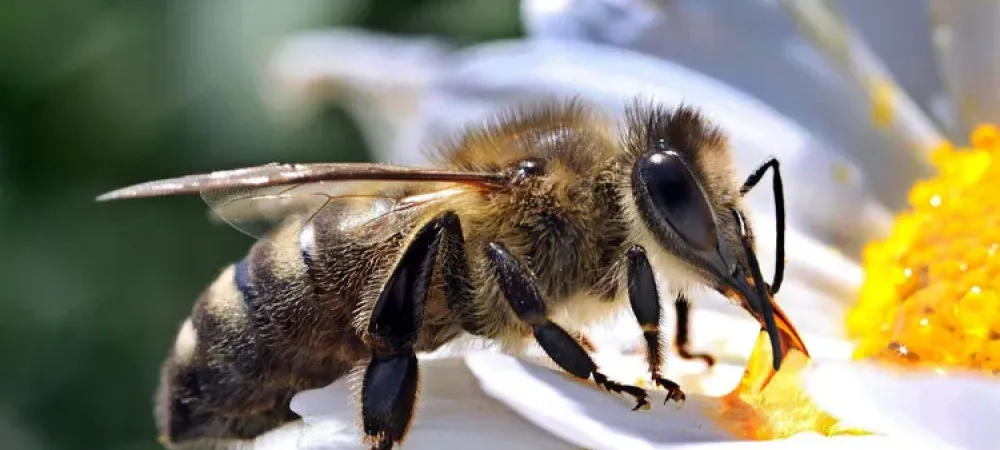Common Bee Species in Your Garden and How to Identify Them

California gardens are buzzing with various bee species, each playing a crucial role in pollination and maintaining ecological balance. Identifying these bees can help gardeners appreciate their contributions and ensure safe interactions. Here's a guide to some common bee species you might encounter in your California garden, along with tips on bee control and how to safely remove unwanted nests.
1. Honey Bee (Apis mellifera)
Identification:
- Appearance: Honey bees have golden-brown bodies with black bands. They are about 0.5 to 0.6 inches long.
- Behavior: These social insects live in large colonies. They are known for their production of honey and their role in pollination.
Importance:
- Honey bees are vital for pollinating many crops and flowers. They are responsible for pollinating about one-third of the food we eat.
2. Bumble Bee (Bombus spp.)
Identification:
- Appearance: Bumble bees are larger and fuzzier than honey bees. They have black and yellow striped bodies.
- Behavior: They live in small colonies and are less aggressive than other bees.
Importance:
- Bumble bees are excellent pollinators, especially for crops like tomatoes, peppers, and blueberries.
3. Carpenter Bee (Xylocopa spp.)
Identification:
- Appearance: These bees are large and resemble bumble bees but have a shiny, black abdomen.
- Behavior: They are solitary bees that bore into wood to create nesting sites.
Importance:
- While they are effective pollinators, carpenter bees can cause structural damage to wooden buildings and furniture.
4. Mason Bee (Osmia spp.)
Identification:
- Appearance: Mason bees are small, metallic-colored bees, often blue or green.
- Behavior: They are solitary bees that use mud to build their nests in small cavities.
Importance:
- Mason bees are prolific pollinators, particularly for fruit trees.
5. Leafcutter Bee (Megachile spp.)
Identification:
- Appearance: These bees have stout bodies with large mandibles for cutting leaves. They are black with light-colored bands.
- Behavior: Solitary bees that cut circular pieces of leaves to line their nests.
Importance:
- Leafcutter bees are efficient pollinators, especially for alfalfa and other legumes.
FAQs about Bees in Your Garden
What types of bees are common in California gardens?
California gardens host honey bees, bumble bees, carpenter bees, mason bees, and leafcutter bees, each contributing uniquely to pollination.
How can I identify different bee species?
Identifying bee species involves observing their size, color, behavior, and nesting habits. Honey bees are golden-brown, bumble bees are fuzzy and striped, carpenter bees have shiny black abdomens, mason bees are metallic-colored, and leafcutter bees are stout with large mandibles.
How can I safely remove a bee nest?
For honey bees, contact a professional beekeeper to relocate the hive. For other species, consult pest control experts to safely remove or relocate nests. Always prioritize methods that protect the bees and their ecological roles.
What is bee control and why is it important?
Bee control involves managing bee populations to prevent structural damage and ensure safety. It includes preventive measures, safe removal, and relocation of nests. Effective bee control helps maintain a balance between human activity and ecological health.
By understanding and appreciating the various bee species in your California garden, you can foster a healthier environment for both plants and pollinators. Remember, bees play a critical role in our ecosystem, and safe, responsible bee control ensures their continued contributions to our world.